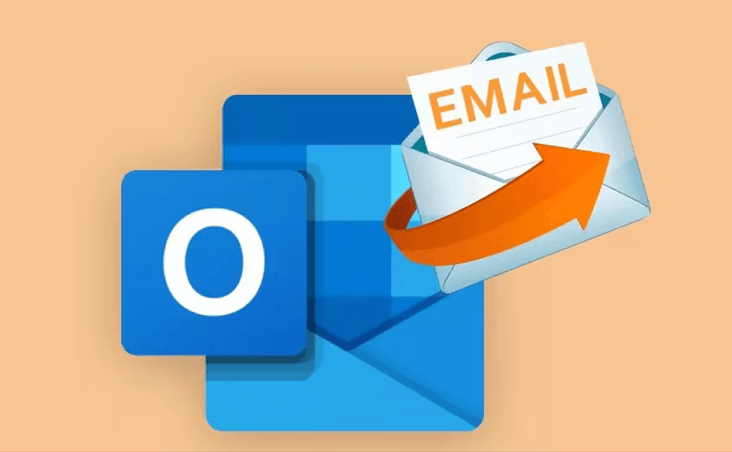Discover the art of efficient email management! In this post, we unravel the secrets of how to save Outlook folders to shared drive. Learn two game-changing methods: the automatic MultCloud approach and the manual Outlook technique.


A shared drive is a centralized, online storage platform where multiple users can store, access, and collaborate on files and data from various devices, facilitating efficient teamwork and data management. Saving emails to a shared drive can offer several benefits, both for individuals and organizations. Here are some of the advantages:
As you can see, saving emails to a shared drive is especially useful for teamwork. If the saving process can be automatic, is it more convenient? In the next section, we will show you how to make it come true.
Before going to the steps, we need to figure out that a shared drive can refer to different destinations. One is cloud storage solutions like Google Shared Drive. Another is NAS which is a physical device that connects to a network, allowing users to share files locally and over the Internet. However, no matter which destination you prefer, you can use the cloud storage management, MultCloud, to save emails to any cloud storage in the same way by Email Migration.
You will find these advantages when you use Email Migration:
Here is an example of migrating Outlook emails and attachments to a network folder of NAS.
Step 1: Enter the MultCloud website and sign up for an account.
Step 2: Add Outlook to MultCloud by clicking "Add Email" and the Outlook logo. Also, add NAS by clicking "Add Cloud" and the NAS logo.
Step 3: Select “Email Migration” in the left bar and choose Outlook and NAS in the boxes. Then click “Migrate Now” to initiate the task.
Notes:
Except for using MultCloud Email Migration, you can also use the Outlook Export Wizard to export your emails as PST files and then upload them to a shared drive or share them with your team members. This way also supports batch-export but it has more steps to follow.
Step 1: Open the Outlook app and click “File” in the upper-left corner.
Step 2: Choose “Open & Export” in the left bar and then “Import/Export”.
Step 3: Select “Export to a file” as your action and click “Next”.
Step 4: Choose to save “Outlook Data File (.pst)” and click “Next”.
Step 5: Decide which Outlook folder you want to export and click “Next”.
Step 6: Click on “Browse…” to choose where to save these PST files, check the exporting options, and click “Finish”. Then you will see some PST files in one local folder and you can upload them to a shared drive.
Both MultCloud Email Migration and Outlook Export Wizard can be used to save Outlook folders to Shared Drive. You can choose the one you like according to your needs. But the MultCloud way may be better if you don’t want to save emails to a local place and would like to make the transfer task flexible.
What’s more, MultCloud offers more functions to simplify workflow. Things like backing up OneDrive files to Dropbox or syncing iCloud files to Google Drive can be easily handled with powerful Cloud Backup and Cloud Sync. You may give it a try and let it surprise you.
Yes, you can use the Outlook Export Wizard to make it as it is mentioned before. Or, you can use MultCloud Email Download if you want to export emails as PDFs to a hard drive. Steps are: Add Outlook > Choose the folder you want to export > Click “Download” in the upper bar > Adjust download settings and click on “OK”. Don’t forget to change the downloading destination as your hard drive in the browser settings before all the operations.
Of course! MultCloud supports adding Gmail to it and the steps to do so are similar to saving Outlook emails to a shared drive, but just changing Outlook to Gmail in every step.
If you want to save a folder from another cloud or another account to a Google shared drive, you can consider using MultCloud Cloud Transfer. The steps are: add the cloud drives > set a Cloud Transfer task > initiate the transfer task.